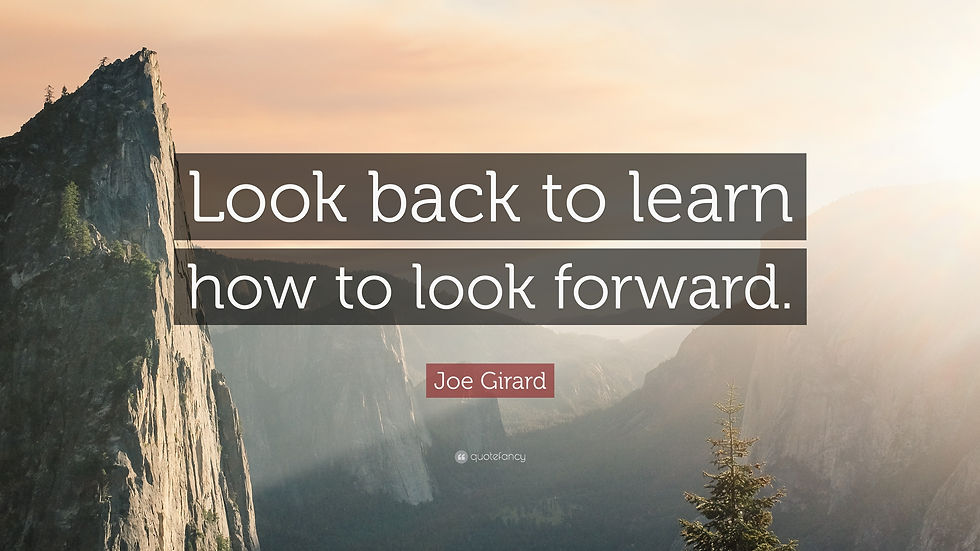Becoming a Storyteller
- Anne Marie DeCarolis

- Sep 19, 2024
- 3 min read
If you asked me a few years ago why I loved instructional design and facilitation, I would have said the ability to craft memorable experiences. Today, I would say the ability to be a storyteller. This is quite ironic because when I was designing my first webinar, my boss emphasized the importance of storytelling. At the time, I didn’t feel I had many relevant stories to tell. In the time since, I have learned quite a bit about storytelling, including the many avenues from which to source stories.

Once Upon a Time…
Borrow Stories: First, the stories you tell do not have to be yours. This is helpful when you are first starting out. Tell the stories of greats leaders, athletes, heroes, etc. Focus on a theme and make a larger-than-life story relevant and relatable.
Larger than Life: Play on the ends of the spectrum – great highs and great lows. Share dreams and nightmares. Use ideal scenarios to uncover what went right and nightmares to prevent what went wrong. Train using harder “drills” than the “game” of work itself, so that once out of the training environment, work seems easier and people are not playing at the max of their ability each day.
True to Life: Take a real story and anonymize it just enough to protect the subject and make it feel approachable to others. Consider adding a twist to elevate the suspense or learning challenge.
Pop Culture: Draw from the headlines and beloved media sources. The first story I used in a training was a Big Bang Theory example of active listening gone awry. When people can recall the lessons from training “in the wild,” they are more likely to stick. Such stories also encourage them to be on the look out for case studies because they have seen examples outside of a classroom. I’ve seen this work well in style assessments, such as DISC, where well known characters are “type cast” to reinforce the model.
Fables: Business has long operated using classic fables. Metaphors that speak to a truth. Silly but catchy examples. One of my favorites is Who Moved My Cheese?
Your Story: You have more stories than you think. Sometimes the most powerful thing a facilitator can do in a course is role model vulnerability because it welcomes others to share in turn. Tell a story of someone who changed your life, challenged you or inspires you. Make someone laugh with you…or at you.
In a module on coaching, I told the story of Cathy Rush, a college basketball coach who led a team to win the first three women’s national championships in the 1970s. This came a crucial time for Immaculata College (now University) and helped prevent it from closing. I told this story just ahead of Immaculata’s 100 anniversary, and as an alumna, I could stand and say, “I wouldn’t be here with you today if it were not for the impact of this coach I never met.”
Their Stories: Begin a story and allow others to write the ending! Provide a prompt or scenario and invite other storytellers, namely learners, to improv the result through role-playing activities.
And They Lived Happily Ever After
While adults learn in a distinct way from children, storytelling is innately human, and even though, learning professionals cringe at the idea of their learning libraries becoming the next Netflix of training content, providing adults autonomy and intrigue helps. In a world inundated with information – all of which we can learn from – embedding lessons into narratives helps it slip into one’s consciousness and take up residence. Contextualizing a theme, skill or lesson enables people to experience it in the moment and relive it later on from memory. Storytelling increases the stickiness of learning.
To the Point
Tell a story. Don’t teach a lesson.
Image sources:
GIF courtesy of Wix




Storytelling truly transforms learning! Sharing relatable stories makes lessons memorable and engaging. For anyone looking to bring their stories to a wider audience, a reliable Book Publishing Services Company can help turn your experiences into a published work.